<< Previous | Displaying results 4461-4470 of 6776 for "" | Next >>
This film excerpt from Groß-Stadt Zigeuner (1932) by filmmaker László Moholy-Nagy shows a Romani (Gypsy) campsite near Berlin, Germany, in the last year of the Weimar Republic. Although Roma (Gypsies) had faced persecution in Germany even before the Nazi rise to power in 1933, the Nazis regarded them as racial enemies to be identified and killed. Tens of thousands of Roma were killed by the Einsatzgruppen in eastern Europe or were deported to killing centers in occupied Poland.
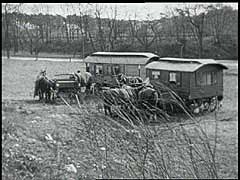
Germany and its Axis allies invaded Yugoslavia in April 1941. The Germans probably shot this film after they occupied southern Slovenia following the Italian armistice in 1943. The film was found in the Ustasa (Croatian fascist) archives after World War II and shows the dismal living conditions that Roma (Gypsies) endured in occupied northern Yugoslavia.
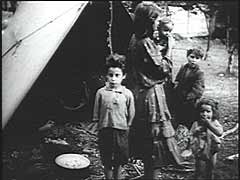
This breakfast menu comes from the SS Exeter, an American ocean liner. The ship carried the Shadurs, a Jewish refugee family, to the United States in February-March 1941. The Shadurs were among the many Jewish refugees who journeyed on the SS Exeter from Lisbon, Portugal, to New York during World War II. Joseph Shadur was twelve years old at the time. He marveled at the ship’s bountiful meals, especially in light of the hunger his family had faced on their journey to the port of Lisbon. The course of…

Between World War I and World War II, dozens of synagogues and prayer houses served the religious needs of Lwów’s diverse Jewish community. This postcard from around 1917 shows the Progressive Synagogue, also known as the Temple, in Lwów. Built in the 1840s and originally named the German-Israelite Prayer House, it served the city’s progressive Jewish community. From 1904, the synagogue’s rabbi regularly preached in Polish. The Nazis destroyed the synagogue in 1941.

After British soldiers liberated the Bergen-Belsen concentration camp in Germany, they forced the remaining SS guards to help bury the dead. Here, survivors of the camp taunt their former tormentors, who prepare to bury victims in a mass grave.
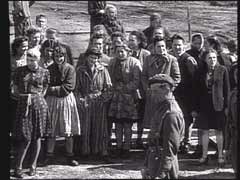
As Allied forces approached Germany in late 1944 and early 1945, Bergen-Belsen became a collection camp for tens of thousands of prisoners evacuated from camps near the front. Thousands of these prisoners died due to overcrowding, poor sanitary conditions, and lack of adequate food and shelter. On April 15, 1945, British soldiers entered Bergen-Belsen. They found about 55,000 prisoners in the camp, most in a critical condition. This footage shows Allied cameramen filming the condition of the prisoners and…

The Storm Troopers (SA) established the Oranienburg camp near Berlin in March 1933. The first prisoners were German political prisoners, primarily Communists and Social Democrats. Oranienburg became known for the maltreatment of inmates. Here, the Nazis attempt to undermine the charges of brutality by showing the "normal" prisoner routine. Oranienburg was gradually deactivated, closing by 1935. Most of the other early camps were also closed, to be replaced with larger camps run by the SS.
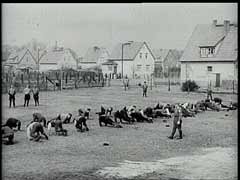
Soldiers of the Jewish Brigade, British Eighth Army, in the Faenza area of Italy. The Jewish Brigade took part in the final stages of the Allied offensive in Italy.
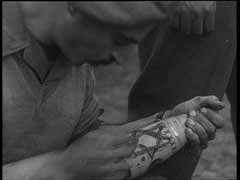
Members of a German Zionist youth group learn farming techniques in preparation for their new lives in Palestine. Many Jewish youths in Nazi Germany participated in similar programs, hoping to escape persecution by leaving the country.
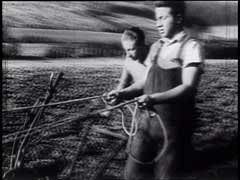
US forces liberated the Dora-Mittelbau (Nordhausen) concentration camp in April 1945. Here, medics and soldiers of the US 3rd Armored Division evacuate sick and dying survivors of the camp.
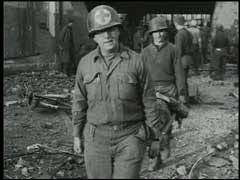
We would like to thank Crown Family Philanthropies, Abe and Ida Cooper Foundation, the Claims Conference, EVZ, and BMF for supporting the ongoing work to create content and resources for the Holocaust Encyclopedia. View the list of donor acknowledgement.